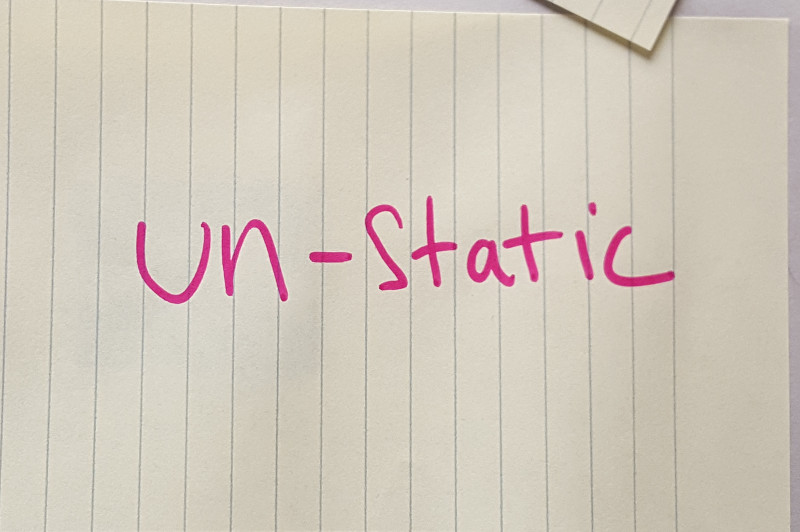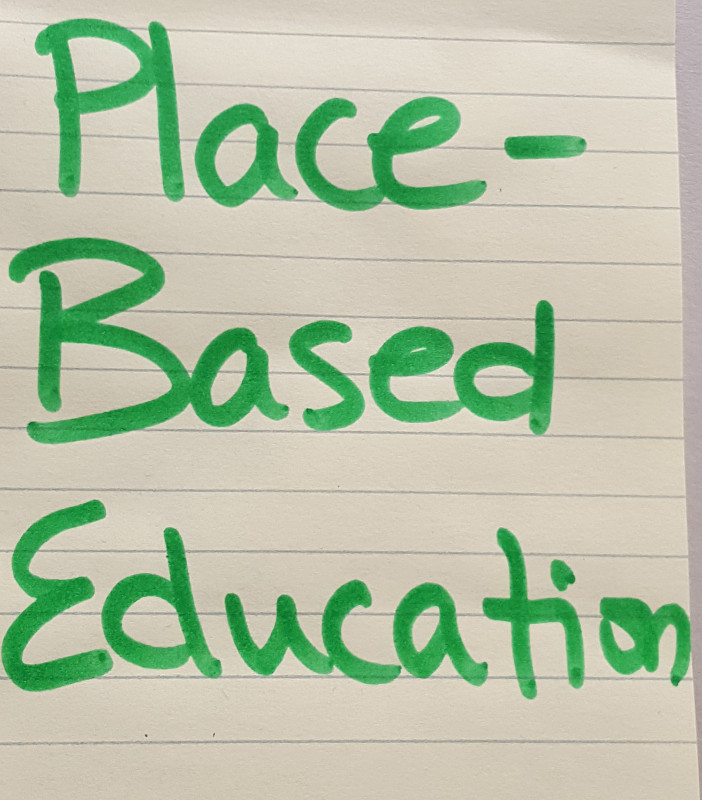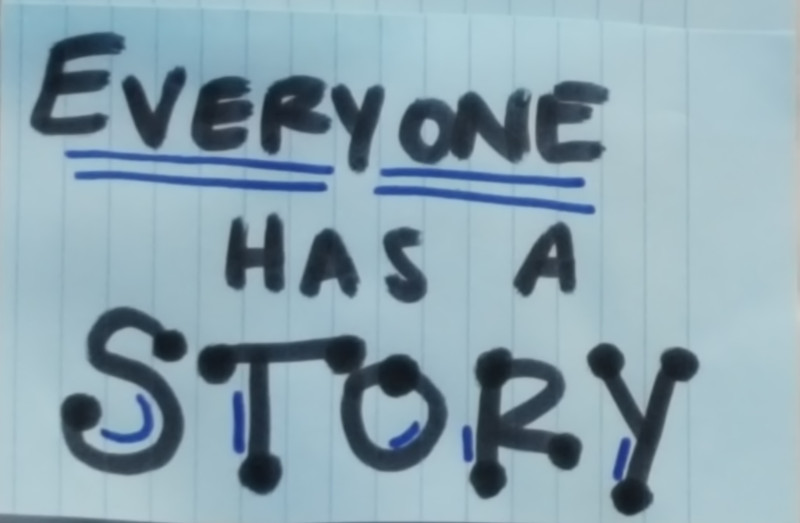Culture and Power
680 has been a deep and interesting experience. Looking back on the three weeks, there have been many valuable lessons on the interplay of culture and power in relation to teaching. I think perhaps the most revealing was the final day of class when we group edited sections of the Alaska iBook we had written. It was a chance for us to work as a team to analyze, discuss, and question the way things were worded and presented in the section of the book our peers had written. There were some great conversations about how a word, even when used correctly can be re-read to shift the narrative of written text. Because of their context these words easily twist the intended meaning.
In my group, I felt there was a concerted effort to be positive about these readings. We had no desire to meticulously pick apart the writings for every misinterpretation possible. Rather, we collaborated to arrive at a clear, effective, and fair text. It was really awesome to come together with the group that had written the section, and discuss our findings. I felt we had a good synergy passing on our edits. We got to discuss how language, page design, tense, and nouns shifted the narrative. It was revealing, and caused some moans and laughs (both powered by stress!), but it led to a more robust body of literature.
Receiving our edits was a powerful experience – it was a place of vulnerability. I was not afraid, but more of disappointed that I had missed things that could be so easily misconstrued or non-representative of the whole truth. Our editors showed so much courage in helping us find a way to balance our writing.
Over that hour we came together and made the space for a better text to exist. This is something I’m grateful for, because our group had reached a wall where we couldn’t find the way to balance our writing and present something we were really proud to have written. It was a sinking frustration that pushed us to produce a new section of the book which gave the writing a far more dour tone that we had ever desired. In our desire to correct the balance in the narrative, we had dug a deeper hole.
This was important. Really important. It helped me realize through my own writing and the writing of my peers how we perceive, present, and understand culture with words. Written language is one of the easiest and most common ways to share and consume information – but the value of the words used can dramatically change the meaning when read by other eyes. Those words are able to establish control and power, or they are able to support all voices fairly. It cannot be both at once. We had to learn how to shift our writing to the latter. I am still amazed that what I had written was misleading of the living dynamic culture I had studied, because it had come from predominantly Alaska Native sources and documents. My writing had accidentally treated them as past, disappearing, and fragmented when they are a resilient, proud, and growing culture.
I believe this is what I’m taking away from 680 and 600 – a different lens. There is so much that can be done to shift the way we talk about cultures. We can approach every subject taught in schools with critical thinking and creative engagement of our minds, and the sense of ownership we achieve is much greater for that dedication. It is not the easiest path, but it is the most beautiful. We have to draw the bias and power out of the materials we teach, and discuss those ideas. Otherwise, true change will never happen.
Words from the Word Wall
People connect in the deepest ways when they tell stories. I experienced the joy of stories in the classroom when I taught at a youth orchestra in Edmonton, AB, one year ago. We had a rough start in my class – some of the students were misbehaving regularly, and some of the students were ostracized for being different. It was a diverse classroom – every student had roots from a different ethnicity.
I made sure that every day we had circle time. We started our day together, everyone equal. One of our rules was everyone got their chance to speak, and everyone got their chance to share. It wasn’t always easy, but it helped so much. The students got the chance to develop their own rules, speak about their feelings, and work through things together. For young students just learning how to express themselves, this environment was important. They learned so much about telling their story and getting the chance to have their input! It really built our team.
I also learned through collaborative work with Katie Kroko the value of collecting stories to gain a deep understanding of culture. We visited Nebraska two summers in a row – 2014, and 2015 – for an artistic residency. We spent almost three months there between the two residencies. We arrived at our first residency fearful that Nebraska would be strange, unfamiliar, and uninviting. Our presumptions were wrong. We were openly embraced by the local communities and swiftly developed valuable friendships. We were asking people to express themselves in their own words – some people warmed up to this idea, and others didn’t. When our interviewees did, we often got moving raw emotion. Those are some of the most amazing musical experiences shared with anyone. I feel we often neglect the musical nature of speech and story, and we focus too much on the Western Classical ideals of harmony and rhythm. Tell your story. Its a beautiful one.
Dynamic, not Static

When we let ourselves, we can achieve a different way of acting and thinking. This is true in creative practice, but also in the classroom. When everything is a series of yes or no questions and menial tasks, it is hard to really express yourself or think deeply. By offering students group, pair, and discussion activities we can generate opportunities to promote critical thinking and excite discussion. I feel this connects to the idea of stories – stories are interesting because everyone has their own way of telling a story.
I remember when Joe sat down with us after our visit to the Culture Camp and told us his version of a story about Porcupines, and how a hunter learned their stomachs contained healing properties. Surely it wasn’t the voice of an elder telling the story, but there was still a dynamic magic. His story engaged us visually and aurally, for a few minutes time was suspended and we were all able to enter deep thought. So, too, was the reading of “Secret of the Dance” such an un-static state. It drew us visually, aurally, and mentally into thinking. We were predicting, remembering, and active in the now.
We cannot expect to keep trying the same thing over and over again and get different results. That’s commonly attributed to madness. If a student fails, we don’t push them harder down the same road. We step back, and ask ourselves “What does this student need?” or “What can I change about my lessons, my classroom, my approach?” – always hoping that there’s a way. When we make walls and barriers, students are sure to fail. To be static, unchanging, and unwilling to connect is to structure a classroom and a social norm that breaks humans.
I want to provide a variety of ways to learn in my classroom – I love moving, singing, reading, listening, and making art to engage my students.
Place

I have found the idea of Place Based Education to be one of my favorite ideas from this course. I already felt a strong connection to dynamic learning methods it brings into the classroom. Yet, the idea of educating about a place is new to me. Too often have I taken courses or taught with an educational lens focused so far way from the world around me that I can’t even conceive of what I am not learning. When Scott Christian had us write down facts about our ‘home’ a few weeks ago, I was flabbergasted as I realized I knew nothing about the place I grew up – a place I called home for 20 years – a place I still have a hard time not calling home. How can public education miss something so important?
Place obviously has value – the places I have connected with and learned about through field recording, interviews, and researching on-line are the ones I remember best. I feel like those places are a part of my identity and my intelligence. The places I didn’t bond with through learning and discovery don’t hold that same weight or importance.
I desire to bring this idea into the classroom – connecting students to the community. I feel it solves a challenge I have wondered about with multicultural education. How do you connect with a truly multicultural classroom? One or two cultures in the classroom is hard enough, but what about an area where every student has a different background? It would be impossible to know enough about each student to bring their own heritage into the classroom. Yet, I feel placed based education provides a way. By connecting students to their community, you can help nourish connections where the class develops its own ideas about the place they live, and also interact with the people and stories from that community. It is something to explore – I love Scott’s idea about interviewing community members, and I feel there are other great projects that can connect students to the place they live.
Looking Forward
I really want to find ways to engage my music classrooms with culture. I’d be glad to invite Elder’s to teach songs or visit to share stories. I also really love the idea of using picture books. I love reading, and I love making character voices, so its perfect for the upcoming work I’ll do in primary classrooms. I’m itching to do some place-baced learning, and as many of you know I’d love to do a listening log, recording project, or something of the likes. We often forget our ears for our eyes and words. All power to the cochlea!
Thanks Angie and Peter for awesome classes. I wish they were continuing next week.

Hi Andy,
The group edit was indeed a powerful experience. I’m so thankful that we had the editors we did. I felt ashamed of what I had written, to be frank. I couldn’t believe I had let so many blatant biases come through in my writing. I know that mine wasn’t the only portion of the writing with problems, but it stung particularly deep to see my blindspots through a new set of eyes. I had intended to point out the negative things that had happened to the region because I felt it would be wrong to ignore them, but by doing so I portrayed the region in an overwhelmingly dour context. It was an unfair, unbalanced, and incomplete piece of work. Just when I was beginning to feel comfortable with the lessons we had learned in this course, I was reminded of how much I still have to learn.
True fact, Tim. Still, you didn’t title a chapter “Russians, Americans, Molly Hooch – Oh my!”